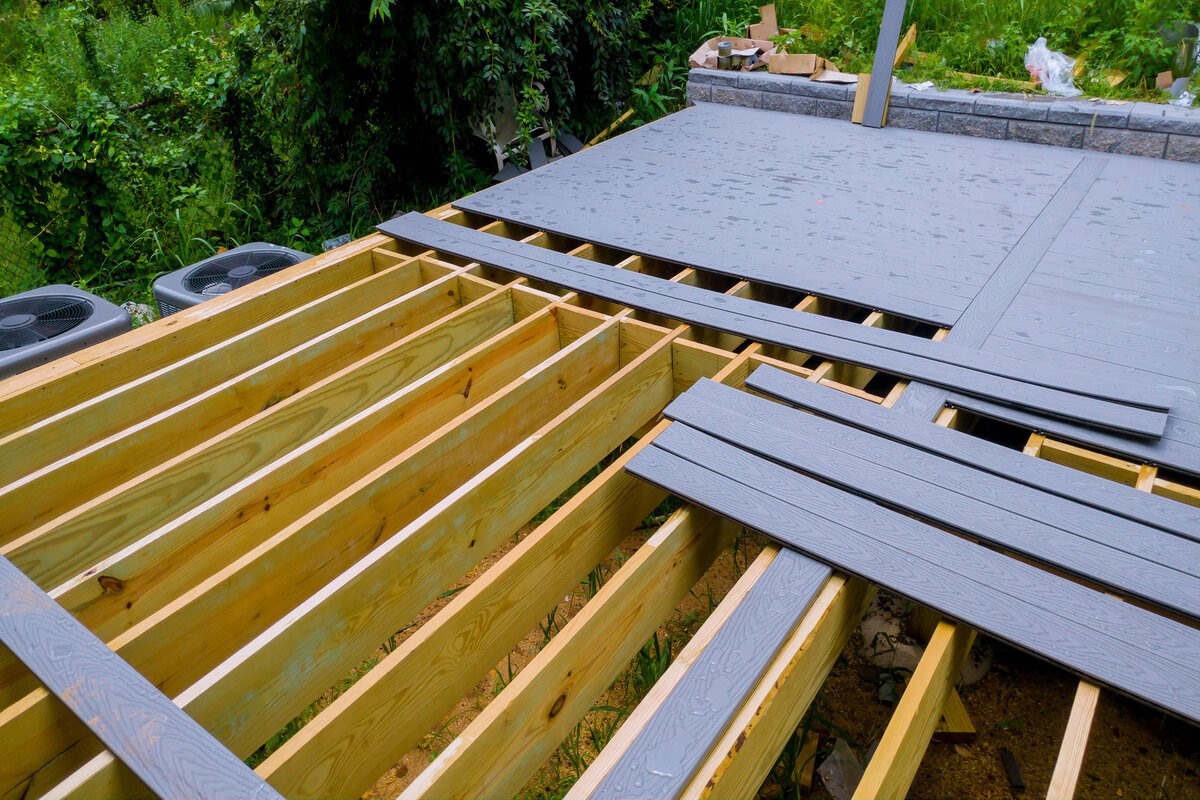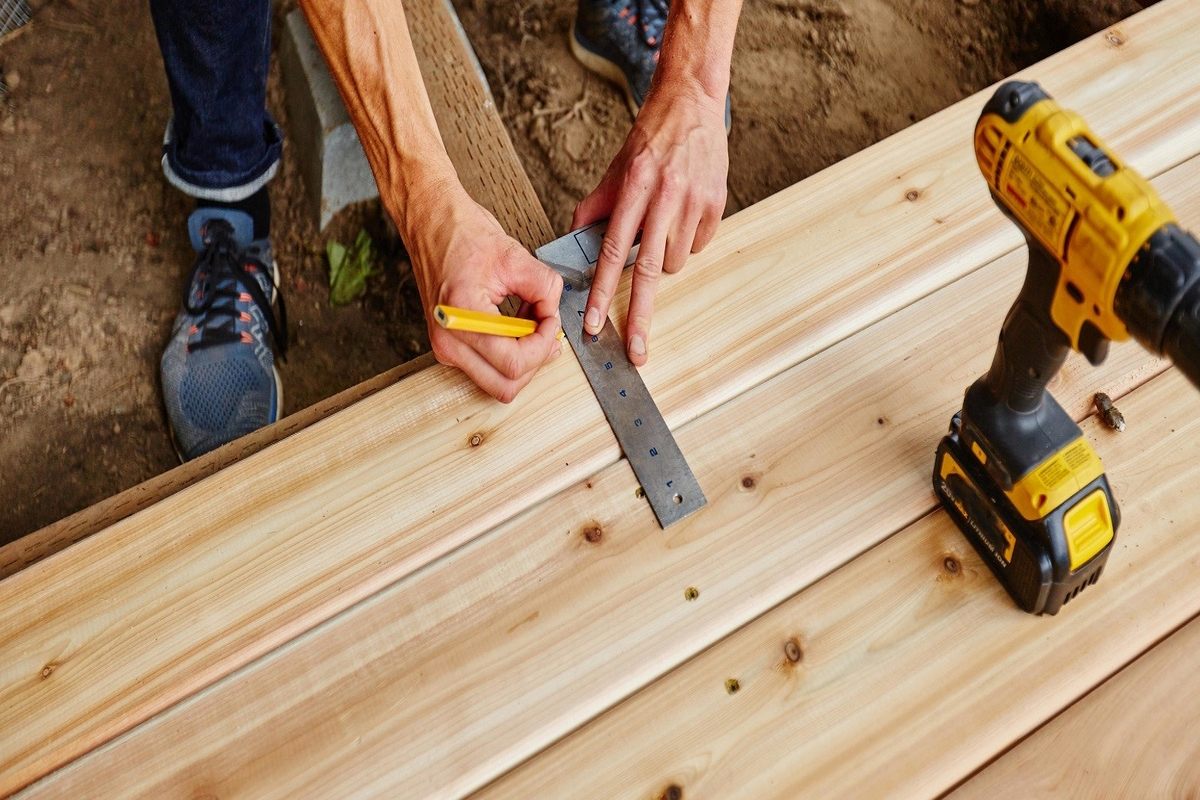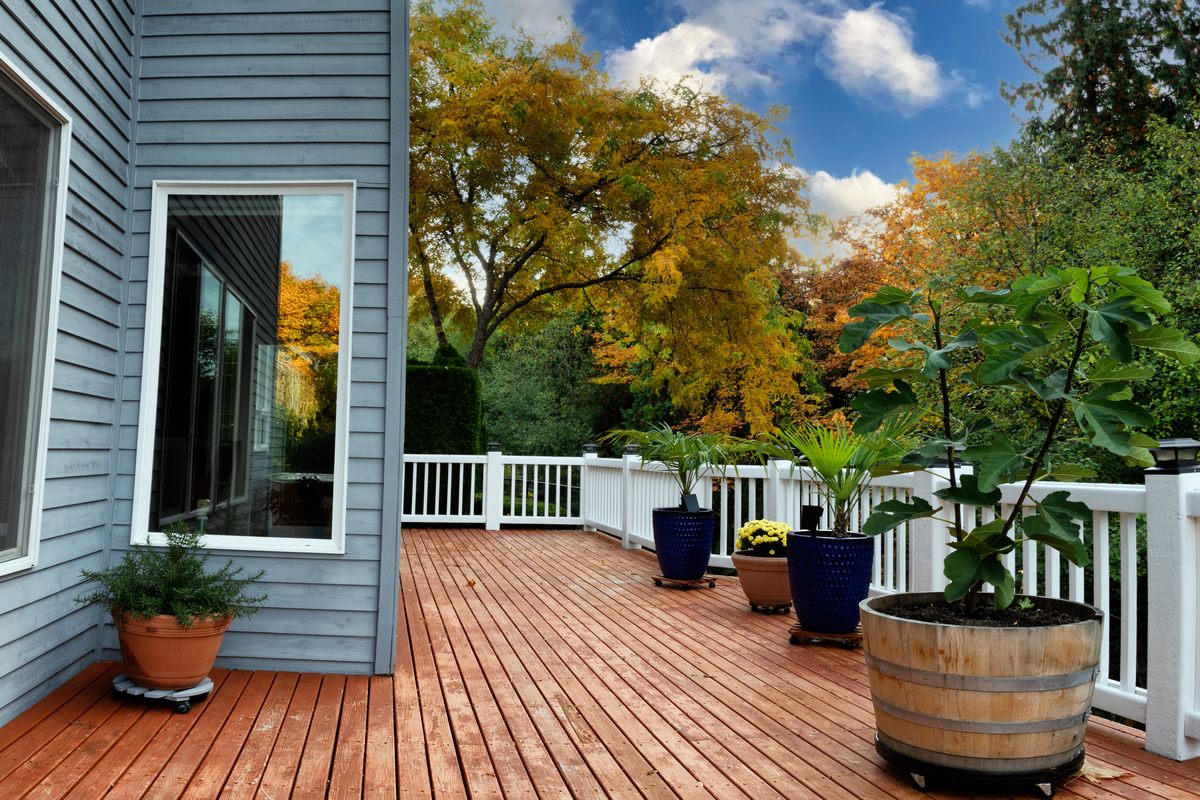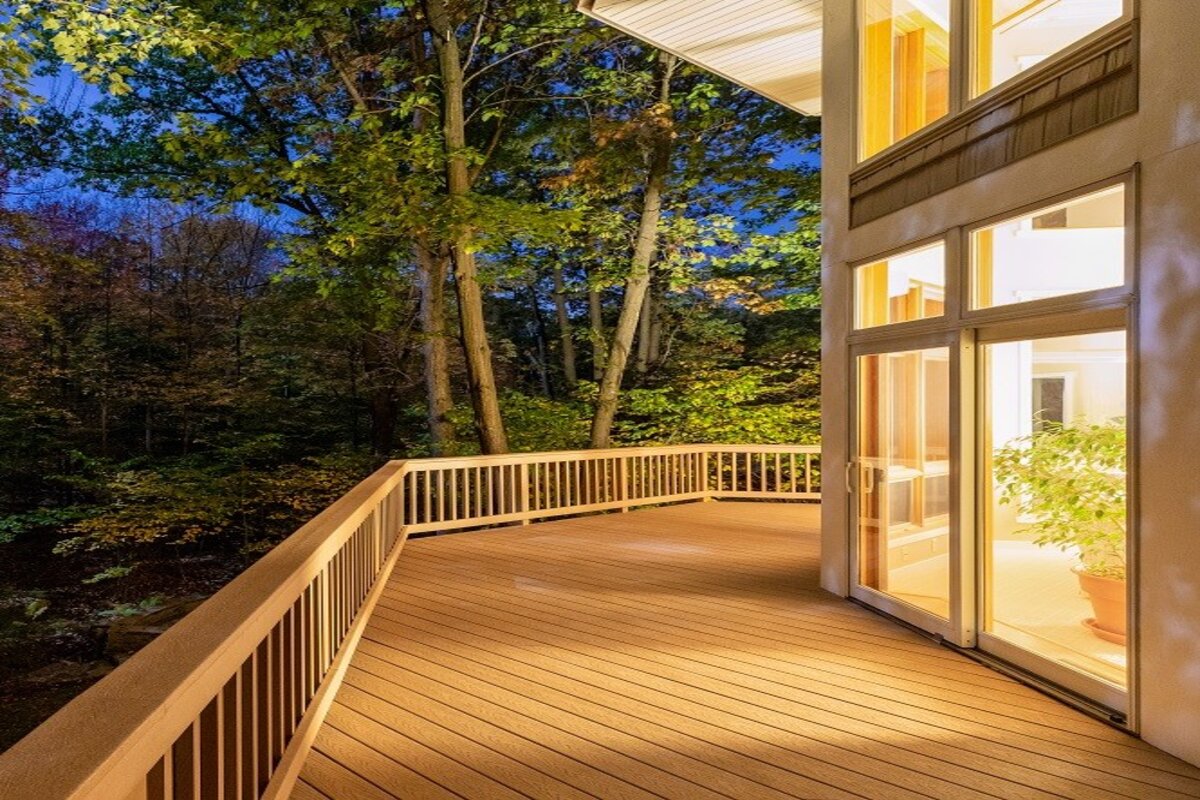Are you torn between hollow and solid composite decking but unsure which one will suit your backyard oasis best? This article will carefully guide you through the pros and cons of each type, focusing on their durability, cost, and aesthetic appeal. With these detailed comparisons, you’ll gain the knowledge needed to make a well-informed decision that enhances the functionality and style of your outdoor space.
Hollow Composite Decking: Cost-Effective and Lightweight
Hollow composite decking, also known as “scalloped” decking, offers an enticing option for budget-conscious homeowners. This type of decking is characterized by its hollow cavities within the board, which reduce the amount of composite material used, making it a more economical choice. The reduced material also results in a lighter board, making installation easier and potentially lowering labor costs.
Pros of Hollow Composite Decking:
- Cost-Effective: Hollow composite decking tends to be more affordable due to its reduced material usage.
- Lightweight: The hollow design makes these boards lighter, facilitating easier handling and installation.
Cons of Hollow Composite Decking:
- Visible Profile: One drawback of hollow decking is its visible profile, especially when used in applications like staircases. Without proper design adjustments, the hollow cavities may be noticeable, detracting from the deck’s aesthetics.
- Perceived Strength: While hollow decking is suitable for most residential uses, some homeowners may perceive it as less sturdy compared to solid boards.
Solid Composite Decking: Enhanced Durability and Aesthetic Appeal
On the other hand, solid composite decking boasts a denser construction, offering enhanced strength and durability. Unlike hollow decking, solid boards lack the cavities within, resulting in a more substantial feel and appearance. While solid decking may come at a slightly higher price point, it often delivers superior performance and a more polished look.
Pros of Solid Composite Decking:
- Strength and Stability: Solid composite decking provides greater structural integrity, making it suitable for high-traffic areas and heavy furniture.
- Enhanced Aesthetics: With no visible hollow cavities, solid boards offer a seamless, refined appearance, especially along the edges of the deck.
Cons of Solid Composite Decking:
- Higher Cost: Solid decking typically comes with a higher price tag due to its denser construction and increased material usage.
Choosing the Right Option for Your Deck
Ultimately, the decision between hollow and solid composite decking depends on your priorities, budget, and aesthetic preferences. If cost-effectiveness and easy installation are paramount, hollow decking may be the ideal choice. However, if you prioritize durability and a premium appearance, solid composite decking is likely the better option.
It’s essential to consider the specific requirements of your deck project and weigh the pros and cons of each decking type accordingly. Additionally, consulting with a reputable decking supplier or contractor can provide valuable insights and recommendations tailored to your needs.
In Summary
Whether you opt for hollow vs solid composite decking, both offer distinct advantages for enhancing your outdoor living space. By understanding the differences between the two and assessing your priorities, you can confidently select the decking option that best suits your needs. For further guidance or to explore our range of composite decking products, don’t hesitate to contact us.






